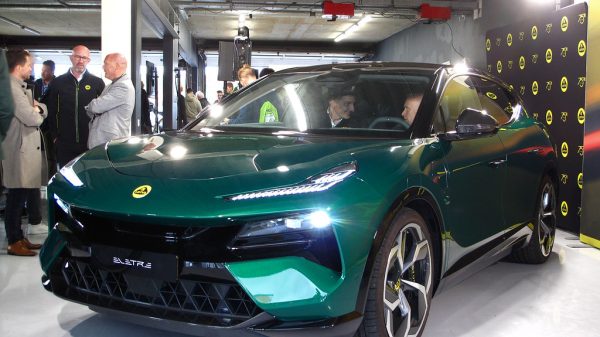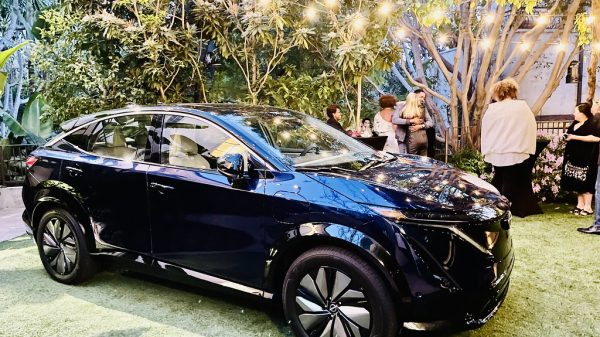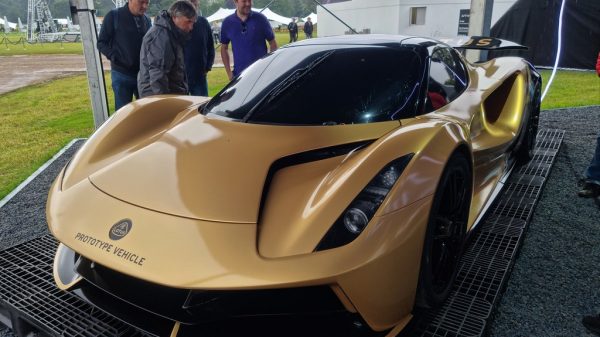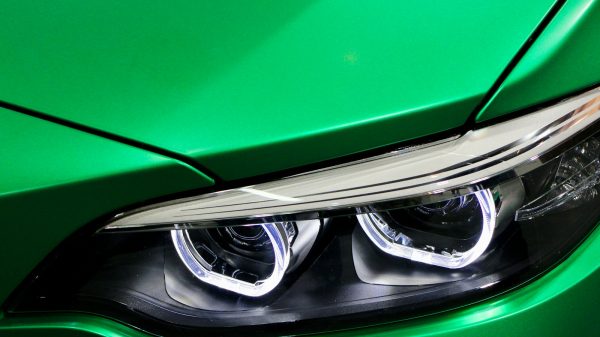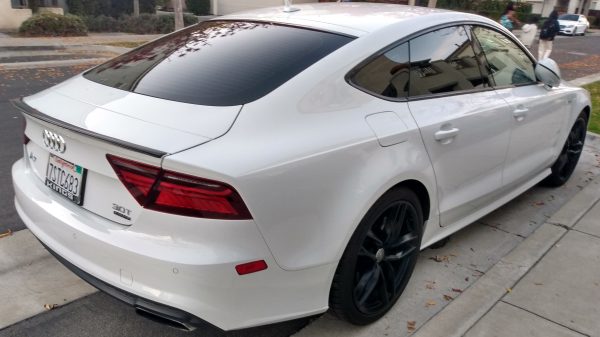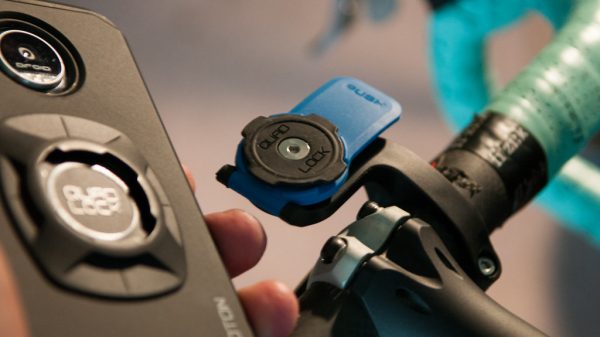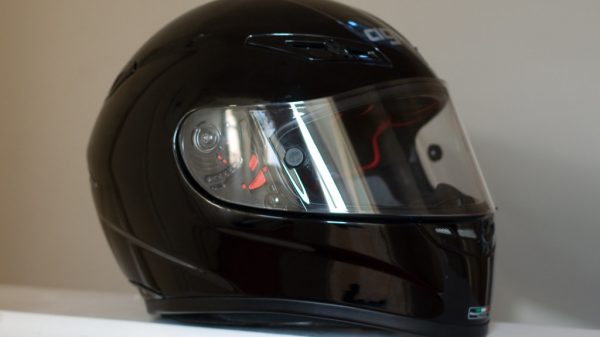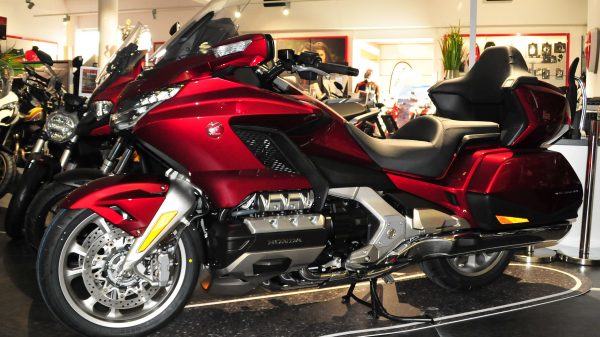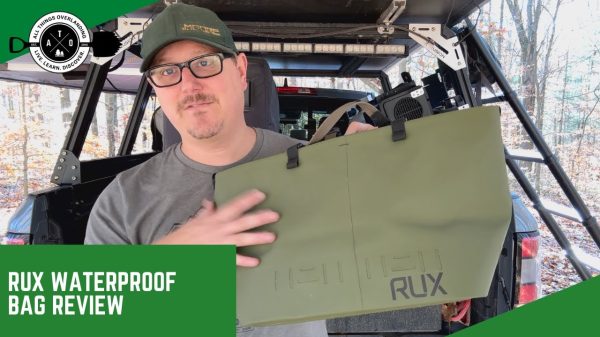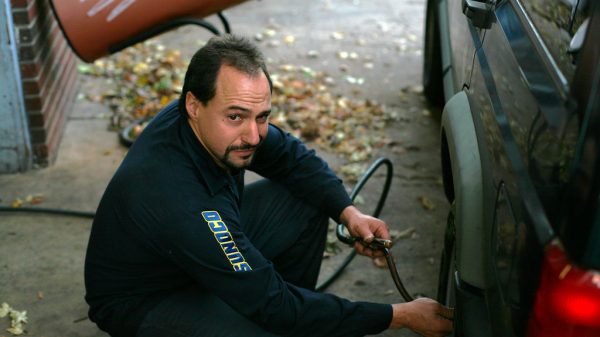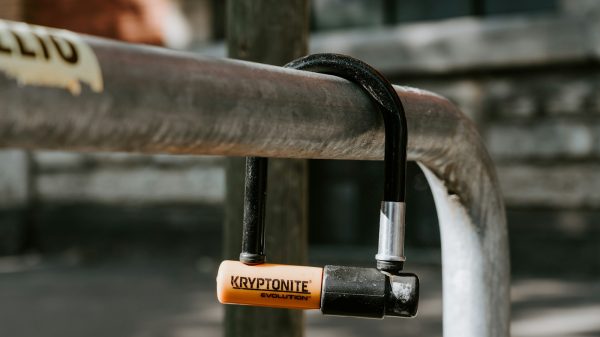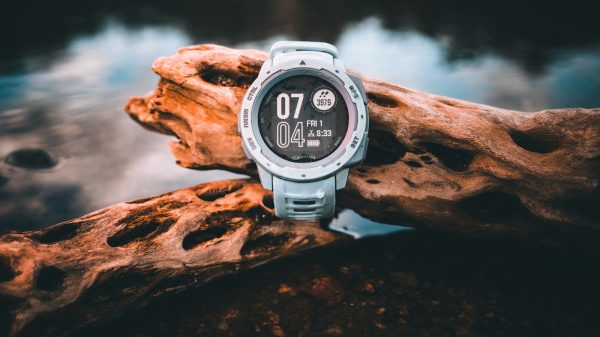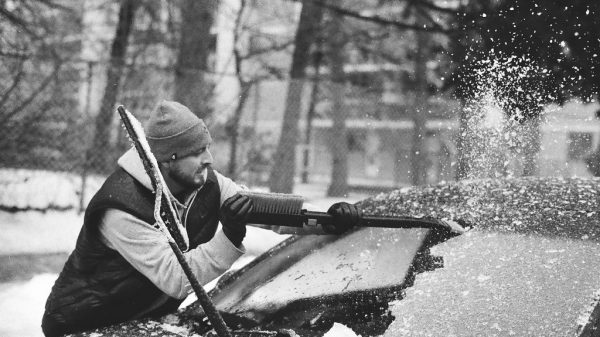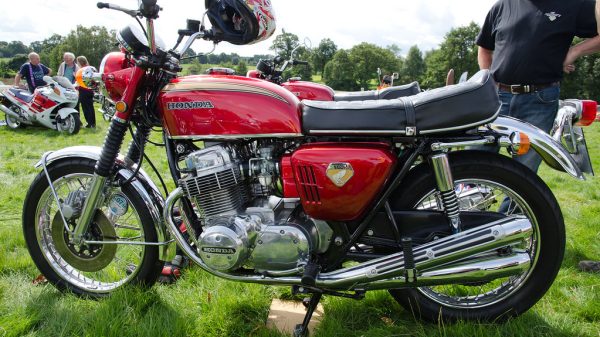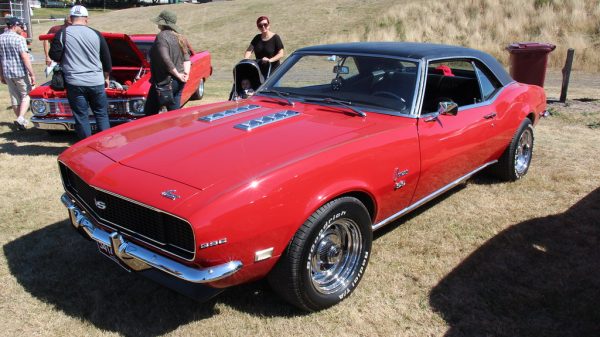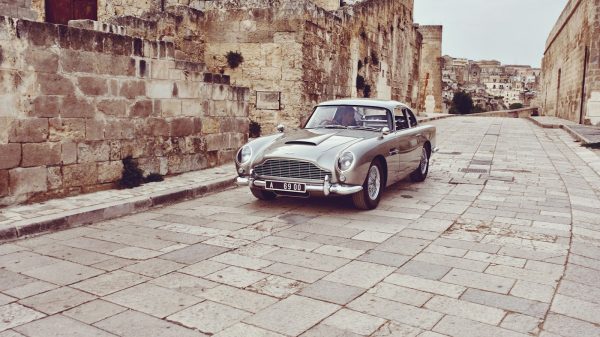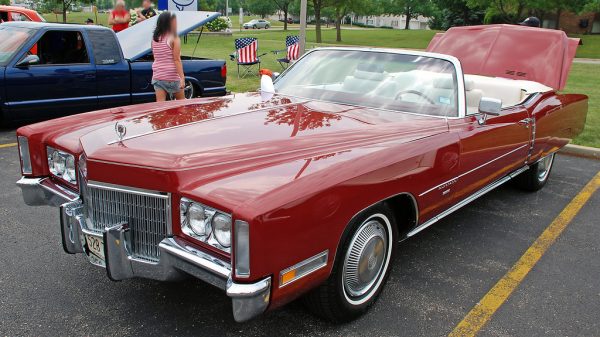Got a rusting classic car and don’t know where to start with the restoration? Car restoration can turn an old, rusted vehicle into a shiny treasure.
Understanding Car Restoration Basics
Car restoration involves bringing an old or damaged car back to its former glory. The process starts with a thorough disassembly of the vehicle. Disassembling lets you see which parts need repair or replacement.
Next comes bodywork, where you tackle any dents, scratches, and rust spots.
Avoid the long lines and shop online!
-> Shop the Best Deals on Amazon <-
As an Amazon Associate, we earn from qualifying purchases.
Engine restoration is crucial for a running vehicle. This step may involve rebuilding the engine or even replacing it entirely if too worn out. Once the mechanics are in check, focus shifts to interior refurbishment—restoring seats, carpets, and dashboards to look new again.
Painting follows next; here you give the car its shine back with a fresh coat of paint.
Assembly brings all these restored parts together into one functional unit again. After this phase comes testing and final touches—ensuring every part works smoothly, checking electricals because no detail can be overlooked…
It’s then quality assurance ensures everything meets high standards before handing over to eager owners waiting up to two years for their turn.
Evaluating Rust and Structural Damage
Rust can sneak up on vintage cars, especially those from the 1950s to the 1970s. These cars used 22-gauge steel without rust protection. First, check for surface rust. This type of rust looks like small patches and is usually easy to spot.
Avoid the long lines and shop online!
-> Shop the Best Deals on Amazon <-
As an Amazon Associate, we earn from qualifying purchases.
Scrape a bit with your fingernail or a tool; if it comes off as flaky bits, it’s likely surface rust.
Next, look for pitting or scale rust. This kind goes deeper than surface rust and might appear as bubbles under paint or rough spots when you run your hand over it. Lastly, assess completely rusted body panels which will feel weak and may have holes.
Structural damage often hides beneath these rusty layers, making thorough inspection crucial in car restoration projects like those seen at Gotham Garage by Mark Towle.
Avoid the long lines and shop online!
-> Shop the Best Deals on Amazon <-
As an Amazon Associate, we earn from qualifying purchases.
Gathering Essential Tools and Materials
Impact wrenches, air compressors, and grinders are essential for the job. The impact wrench helps to remove bolts quickly. An air compressor powers your tools, making tasks easier.
Grinders come in handy for cutting metal parts or smoothing surfaces.
Next, you’ll need a floor jack to lift the vehicle safely. A welder is also necessary to fix frame issues or add custom features like those seen in monster-truck treatment projects or T-bucket overhauls.
Don’t forget paint strippers for removing old layers before applying new finishes—crucial if aiming for a pristine restoration of a vintage Impala or Lincoln Zephyr.
Lastly, always have safety gear on hand—goggles and gloves protect during welding and grinding activities. Ensure easy access to these tools by organizing them neatly in your garage workspace…
readying yourself to turn rust into riches!
Detailed Steps for Restoring Cars
First, evaluate the car’s condition to understand what needs fixing. Check for rust, dents, and structural issues. Thoroughly inspect both visible and hidden areas. Use tools like a flashlight and magnifying glass for a closer look.
Next, remove all rust from the vehicle’s body using sandblasting or chemical treatments. Sandblasting is quick but can damage thin metal if overdone. Chemical treatments require patience but reach tight corners effectively.
Repair any damaged metal by welding in new pieces where needed or using metal fabrication techniques to restore original panels. This helps preserve the authenticity of classic cars like the Lincoln Futura replica or Ferrari models worth millions.
Disassemble the car as much as possible before starting on major repairs. Take off parts like doors, hoods, seats—anything detachable should be removed carefully and labeled properly for reassembly later.
Now focus on engine overhaul and interior refurbishment simultaneously to save time. For example, while an expert works on rebuilding engines like those in Ferrari 458 Italia or International Harvester Scout vehicles; another specialist refinishes interiors with period-correct materials.
After completing these steps ensure every fix aligns with preserving historical accuracy especially crucial when dealing with iconic cars such as Aston Martin DB4 Zagato replicas valued at over one million pounds upon completion!
Effective Techniques for Rust Removal and Prevention
Scrubbing rust away with a wire brush or sandpaper is one way to start. These tools help remove loose rust particles effectively. For tougher spots, apply chemical cleaners like phosphoric acid.
They dissolve the corrosion and make it easier to wipe clean. Another method involves high-pressure water jets that blast off rust without harming the car’s surface.
Preventing future rust is just as important. Using environmentally friendly products like corrosion inhibitors helps protect metal parts from moisture and air. Coating your car with wax or special sealants creates an additional barrier against elements that cause rust.
Regular cleaning ensures dirt and salt don’t stick around long enough to do damage… keeping your car looking sharp for years!
Enhancements and Customizations for Classic Cars
Want your classic car to stand out? Custom paint jobs can transform a vehicle. Choose bold colors or unique patterns. Adding pinstripes or flames gives an eye-catching look, making the car truly one-of-a-kind.
Lowrider vision is another popular custom choice, giving cars a sleek and stylish appearance. Adjustable suspension systems let you control how low your ride goes.
Interior upgrades matter too! Consider modern features without losing that vintage charm. Install new leather seats for comfort and style—keep them in original colors to maintain character.
Sound systems have come a long way; integrate Bluetooth speakers discreetly into the design for better audio quality while cruising down the road.
Powerful engines make all the difference under the hood. Swapping in newer, more efficient engines boosts performance but retains classic vibes—try adding Tesla modifications for an electric twist! Or enhance speed with performance parts from sources like Speedway catalog…balance power with reliability by blending old-school aesthetics with contemporary capabilities.
Custom rims and tires bring flair and function together perfectly on any restored vehicle—whether opting for traditional whitewalls or modern alloys, these wheels set off your restoration project seamlessly, showing off every detail you’ve fine-tuned meticulously!
The Role of Meticulous Attention in Car Restoration
Every nut, bolt, and stitch counts. Restorers must pay close attention to every part of the car. From reupholstering seats to restoring dashboards, each step requires skilled hands and a keen eye.
Modern tools and techniques help simulate color schemes and designs accurately.
Ensuring period-correct accessories adds authenticity. This careful sourcing connects past innovations with present-day restorations. Such care keeps the spirit of classic cars alive for future generations.
Continuous advancements make planning more precise. These technologies enable restorers to create stunning finishes on vehicles like Harley Dyna or Ferrari 360 Spider without missing any detail.
Showcasing Successful Car Restoration Projects
The reality TV show, Car Masters: Rust to Riches, highlights impressive car restoration projects. The team at Gotham Garage breathes new life into various vehicles. Led by Mark Towle, the crew includes Shawn Pilot, Constance Nunes, Tony Quinones, and Mike “Caveman” Pyle.
They transform everything from dual-cab bricknose trucks to rat rods. Through hard work and skillful techniques, they turn rusted junks into gleaming beauties.
In one episode, a rusty old car becomes a sleek masterpiece under their care. Each project shows different challenges but ends with stunning results. It’s not just about fixing cars; it’s also about creativity and innovation.
These restorations involve intense focus on details—every bolt matters! Available on Netflix for $6.99 per month… this show offers humor and excitement while teaching valuable lessons in car restoration.

